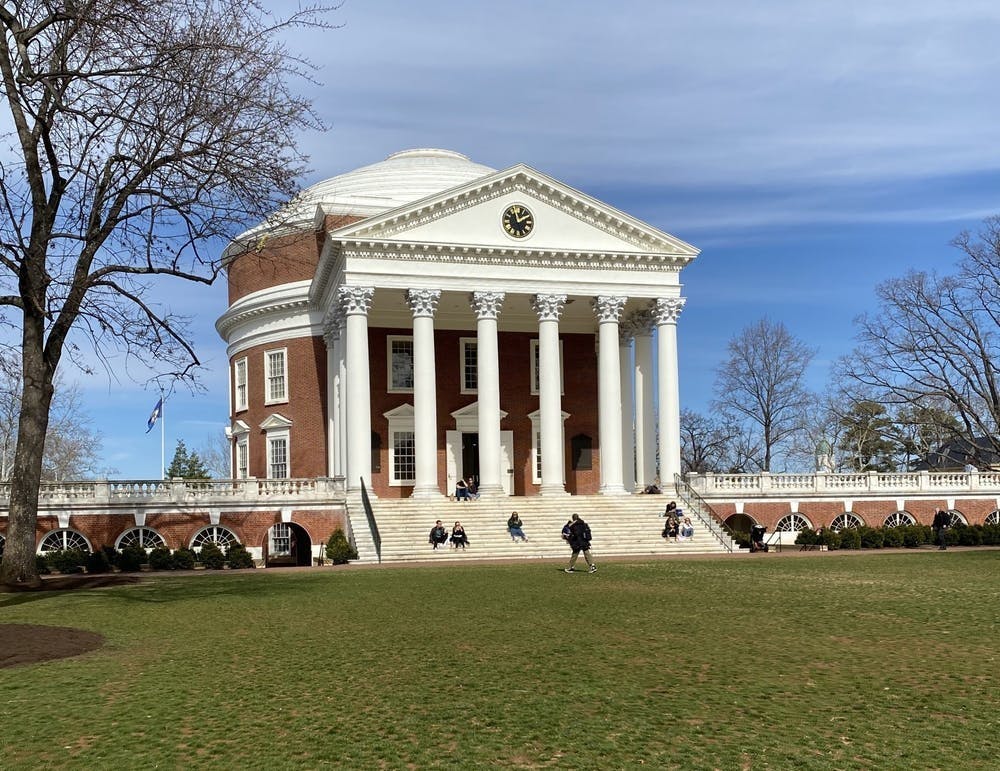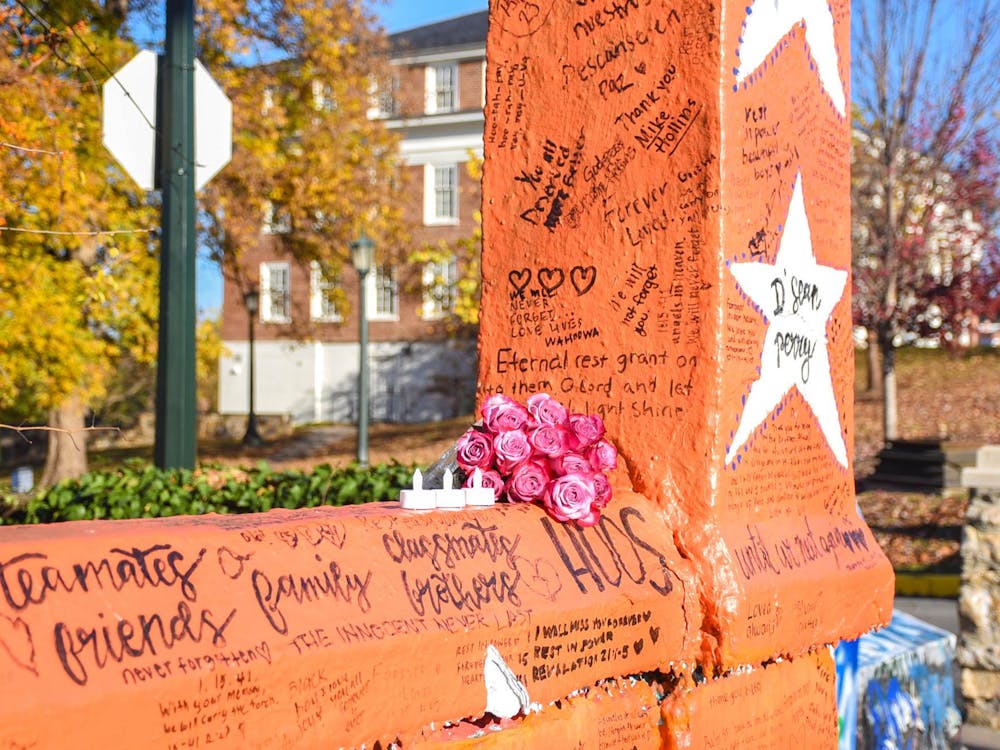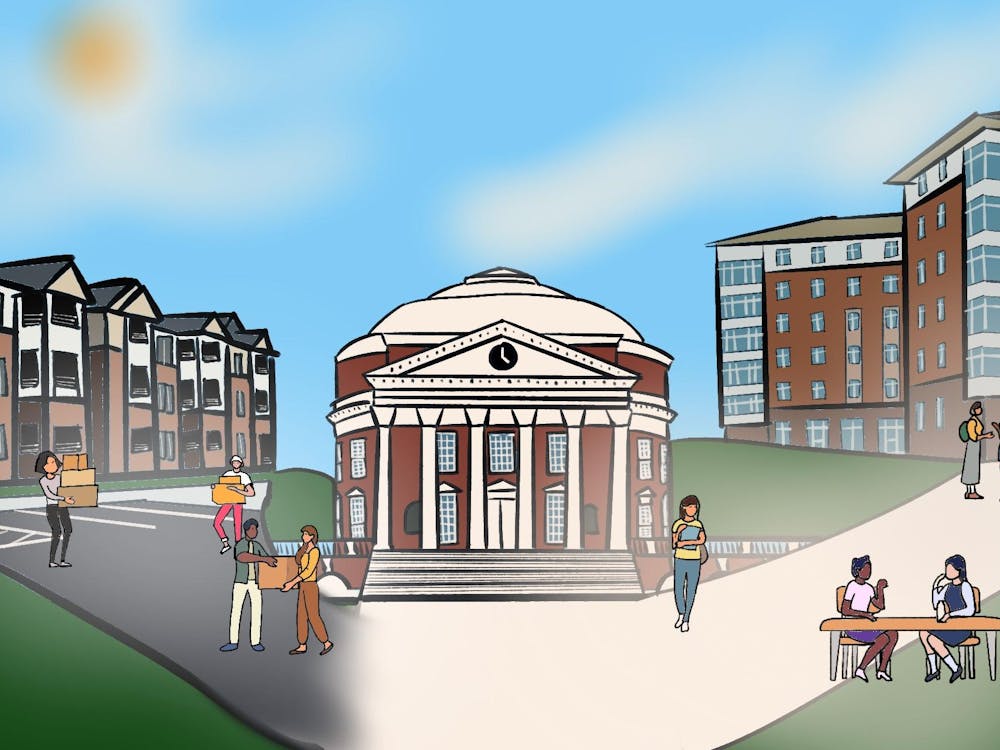As summer begins and the struggles of a half-online semester fade, attention is now turning to how the fall semester will play out. University leaders announced last week that classes are expected to start on time in August with students and faculty back on Grounds. In an interview on Face the Nation last month, President Jim Ryan said the University will need to enact social distancing protocols in classrooms and dining halls to ensure safety, calling it “a complicated task [as] college campuses are a difficult and challenging place for contagious viruses.” Although a final decision will be made mid-June following a recommendation from the Fall 2020 Committee, the current plan is vague, leaving deep concerns unaddressed about the safety of students and workers. These concerns must be considered in the University’s final decision.
A survey went out May 3 outlining a variety of options for the fall semester, including delaying the start of the semester, altering the format of semesters to be both online and in-person, and beginning online and then transitioning to in-person classes. This communication came around the time the president of Brown University wrote an op-ed in The New York Times calling for colleges and universities to prepare to open in the fall under the core principles of “test, trace and separate.” This portends to be a massive undertaking, and one that, in a city as interconnected as Charlottesville is with the University, would only work with city wide testing, tracing and separation.
Despite the challenges, Ryan and the University are pressing forward. The University is a wealthy school, netting an endowment of $9.6 billion in 2019. At the same time, the University may fall into the same predicament as many of its peer institutions. Comparable schools with massive endowments are now finding themselves taking actions such as cutting retirement contributions for workers. Insolvency looms over even wealthy institutions because for decades schools have reoriented themselves as businesses seeking to make profit, rather than schools focused on education. This was my point in discussing the strategic plan as a red herring for corporate interests — the profit for the University comes before everything else.
One only has to look at who President Ryan is making acquaintances with to see the trajectory of the University’s response. Last month, 14 college presidents including Ryan met on a call with U.S. Vice President Mike Pence and Secretary of Education Betsy DeVos to lobby them for removing liability if students or workers get sick. The anticipation is that when schools reopen, students will get sick, be hospitalized or even die, and as a corporation masking itself as a university, U.Va. and its leadership are seeking to remove responsibility.
The interests of the University in protecting its financial obligations runs counter to our interest as students, workers and community members. One of the reasons administration is so intent on reopening Grounds may be because tuition money accounts for more and more operating income. The 2018-2019 budget shows that 33 percent of revenue comes from tuition and fees, whereas just 8 percent comes from state appropriations. In 2000-2001, the percentage of revenue was 21.1 percent for tuition and fees and 22.1 percent for state appropriations. Online classes, or a minimized campus experience, threatens this vital source of funding. The University could lose income from room and board fees or even tuition if it were reduced for an online semester. This is reflective of a broader trend for state appropriation, as divestment from higher education at the state and federal level has reduced revenue, prompting colleges and universities to shift the costs to students and communities.
The fear that every student and worker should have is that the University will open up, simultaneously placing all of us at risk for COVID-19. Tuition is set for the next year, but the University may very well spend years afterwards seeking to recuperate losses by shifting the burden of a financial crisis onto students and workers. What will U.Va. look like in three months when there may not be adequate personal protective equipment, tuition is set to increase and employee benefits are reduced?
It doesn’t have to be this way. If the University is to reopen in the fall, then it should be done without sparing costs to protect the safety of students, workers and the Charlottesville community. The cost of this crisis should not be shifted to students and workers — instead, we should see the University tap into its immense wealth, even being willing to run a large deficit for the time being.
The University’s leadership likely made up its mind about returning long before the announcement; the financial interests were too great to do anything else. What is unanswered is how we will go back, and for who. Paths towards reopening diverge, on one hand allowing the University to fire, furlough and raise costs for students, and on the other hand focusing on maintaining and expanding employment, freezing tuition and taking aggressive measures to keep everyone safe.
Jacob Wartel is an Opinion Columnist for The Cavalier Daily. He can be reached at opinion@cavalierdaily.com.
The opinions expressed in this column are not necessarily those of The Cavalier Daily. Columns represent the views of the authors alone.







